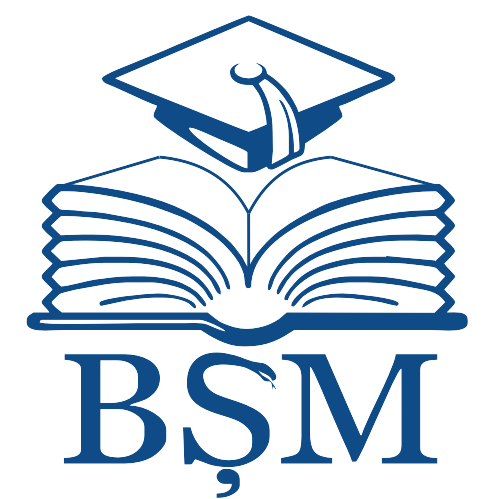| DC Field | Value | Language |
|---|
| dc.contributor.author | Guzun, O. | - |
| dc.contributor.author | Bezdetko, P. | - |
| dc.contributor.author | Khramenko, N. | - |
| dc.contributor.author | Konovalova, N. | - |
| dc.contributor.author | Bushueva, N. | - |
| dc.date.accessioned | 2025-04-10T08:47:34Z | - |
| dc.date.available | 2025-04-10T08:47:34Z | - |
| dc.date.issued | 2024 | - |
| dc.identifier.citation | GUZUN, O.; BEZDETKO, P.; KHRAMENKO, N.; KONOVALOVA, N.: BUSHUEVA, N. A strategy for slowing the progression of myopia in Ukrainian students during distance learning. In: The 19th SEEOS Congress: abstract book, Oct. 18-19th, 2024 / org. commit.: Eugeniu Bendelic [et al.]. Chişinău: CEP Medicina, 2024, p.14. ISBN 978-9975-82-393-7. | en_US |
| dc.identifier.isbn | 978-9975-82-393-7 | - |
| dc.identifier.uri | https://repository.usmf.md/handle/20.500.12710/30332 | - |
| dc.description.abstract | Introduction. Myopia is a serious global problem among students, especially during
distance learning. Understanding its characteristics and progression is essential for
proper treatment and prevention. In the structure of ophthalmological pathology in
Ukraine among the people 18 years and older, myopia is 12.38%.The goal is to slow
the progression of myopia in students with increased digital eye strain.
Methods. An analysis of the prevalence of digital eye strain among Ukrainian
students (320 students) during distance learning was conducted. A comprehensive
examination and treatment of 70 students (140 eyes) with mild and moderate
myopia, age 18 - 25, were carried out. Group 1 (control) - 26 students (52 eyes), and
group 2 - 44 (88 eyes). All students completed a course of photobiomodulation
(PBM) (λ = 650 nm, W = 0.4 mW/cm², t = 300 s). Group 2 students are recommended
after FBM for 12 months vitamin-antioxidant complex (AREDS2) with vitamin D,
omega-3 PUFAs and resveratrol (Nutrof®Forte). 1 group of students was not treated,
only examined.
Results. The prevalence of digital eye strain with more than 6 symptoms in this
sample of students reaches 84.4%. During the year, the visual acuity in group 2
increased by 0.1, and in the control group there was a tendency for deterioration.
The annual progression gradient (AGR) of myopia according to the data of spherical
equivalent refraction (SER) data was 3.7 times lower in the group of students who
received a course of FBM and a vitamin-antioxidant complex for 12 months, while a
decrease in the likelihood of progression was observed 1.6 times (OR = 1.59 [CI: 95%
0.88-2.86]). And the relative risk of the annual gradient progression of myopia along
the length of the eye was 40% lower in the group of these students (RR=0.6 [DI: 95%
0.4-0.84]).
Conclusion: During 2 years of distance learning, myopia increased from 30% to 48%;
Treatment with a course of photobiomodulation and a vitamin-antioxidant complex
(AREDS2) with vitamin D, omega-3 PUFAs and resveratrol for 12 months significantly
increased visual acuity by 0.1 and reduced the relative risk of the annual gradient of
eye length progression by 40%. | en_US |
| dc.language.iso | en | en_US |
| dc.publisher | CEP Medicina | en_US |
| dc.relation.ispartof | The 19th Edition of the South-East European Ophthalmological Society Congress. October 18-19th, 2024, Chisinau, Republic of Moldova | en_US |
| dc.title | A strategy for slowing the progression of myopia in Ukrainian students during distance learning | en_US |
| dc.type | Other | en_US |
| Appears in Collections: | The 19th Edition of the South-East European Ophthalmological Society Congress Abstract book. October 18-19th, 2024, Chisinau, Republic of Moldova
|


